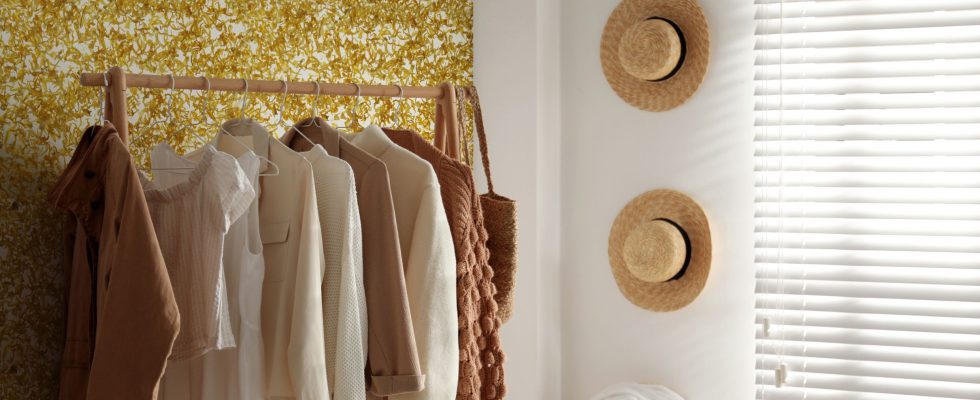1,014 million tonnes per year. This is the number of plastic waste that will be produced on Earth within forty years if our consumption habits do not change… That is, three times the current figure. An alarming observation, put forward by a report from the Organization for Economic Cooperation and Development, published in June 2022. Aware of this crucial environmental issue, manufacturers and designers are developing new biosourced materials, derived from the plant environment or waste from ocean. “Made from algae, banana leaves and cork, these innovative composites are capable of reproducing the technical and aesthetic properties of plastic, minerals and fabric, with less carbon footprint,” explains Jean-Paul Bath, director of the association Promoting Innovation in Furnishing.
Infinitely recyclable
Healthier because they are made without chemical additives, often the result of short circuits, they also have the advantage of being infinitely recyclable.” With this in mind, the designer Marin Thuéry (studio Cuttings of objects) has developed Scalae: this lamp with a particularly refined stepped silhouette, made in the North from 75% crushed oyster shells and a natural binder, has nothing to envy of the references of large brands audience. Another support, another atmosphere with the SuperOrganic wall covering (Oberflex). 100% natural, its glueable linen surface, stitched with purple cornflowers, rose petals, and plant moss, offers acoustic properties while delicately scenting the indoor air…
But putting recycled objects on the market constitutes a high-flying exercise for professionals in the sector. Management of organic waste recovery, implementation times… “Our industrial history is characterized by mass production” underlines Jean-Paul Bath. Before continuing: “As brilliant as they are, many biosourced and/or recycled creations remain at the prototype stage because they are too expensive and difficult to manufacture. They do not respond to the pressure of demand.” The challenge for ecocreators? Succeed in exploiting existing manufacturing circuits in order to offer quality furniture and decorative accessories, at an affordable price and to as many people as possible.
Bioplastics that inspire young generations of designers
A successful bet for the Noma-Editions studio and its stool made in France Plast 74.9. Designed by thermomolding, a process widely used in the furniture industry, its cork and recycled plastic top placed on a wooden base combines cabinetmaking and avant-garde green materials. A new dynamic of hybrid creation, also favored by the democratization of the 3D printer and its used material, PLA. This bioplastic based on corn starch, sugar beet or sugar cane, has enabled a whole generation of young designers to shape everyday objects, both unique and more respectful of the planet, by emancipating themselves of the cumbersomeness of the conventional system. Like the light fixture Soft Serve (Cream Workshop), topped with a pleated chantilly dome, available in powdery or tangy shades… Or the 2.21.1 candlesticks (Warren & Laetitia), whose fluted surface oscillates nicely between contemporary inspirations and regressive accents. Eco-responsibility, uniqueness, strong visual potential… The best combination there is.
